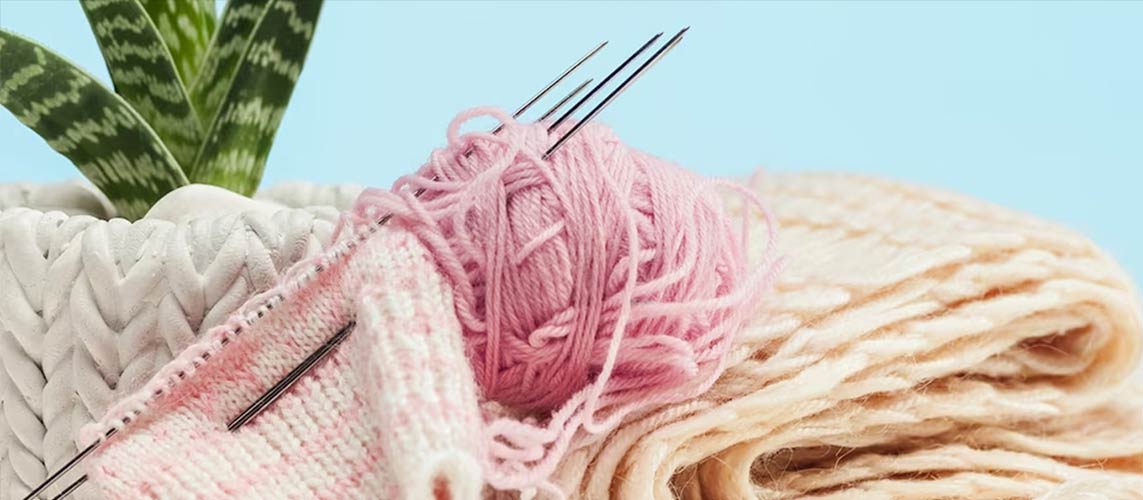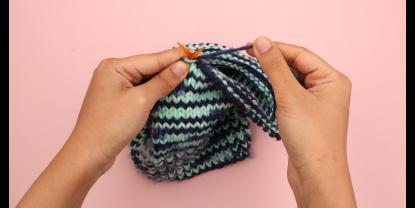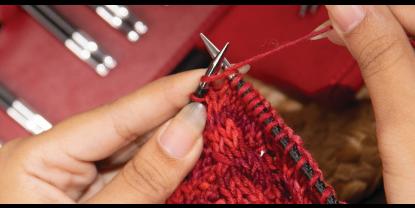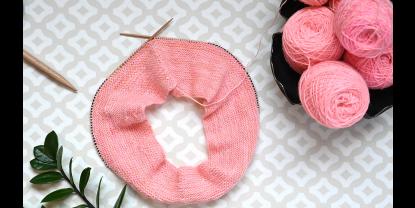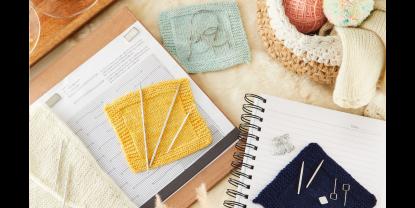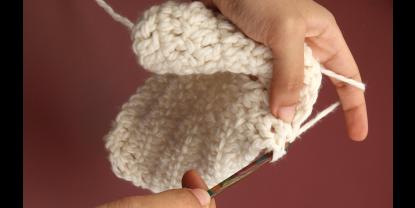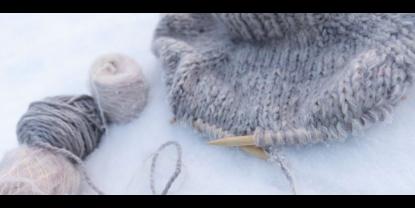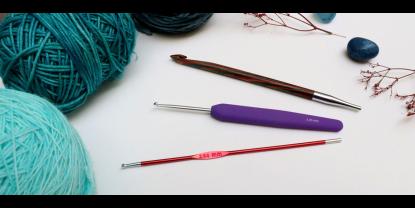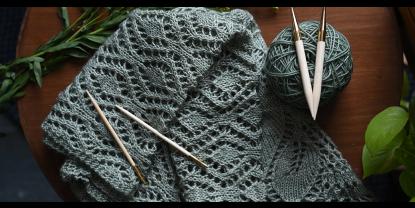Short rows are a highly effective knitting technique that can be used to add all sorts of shapes and designs to a knitted fabric. In fact, many knitwear designers rely on short rows to add some incredible shapes. With your knitting needles and no techniques of increases and decreasing you can knit projects from the bust of a sweater to the heel of socks, and even in subtle designs in a shawl or a scarf.
What are Short Rows and how to use them in knitting?
These German-style short rows, as they’re sometimes called, have been gaining in popularity in recent years, and it’s no wonder they are very handy for shaping. Short rows don’t actually require you to knit shorter rows, as the name might imply; rather, they require you to knit to a certain point and then turn. These rows can be used at the edge of a project or even in the middle to achieve the desired shape.
Of course, one of the main issues with knitting short rows is the potential for holes to appear in the fabric; luckily, there are plenty of methods that can be used to avoid this. In this blog post, we’ll take a closer look at all of the ways to knit short rows, as well as tips and tricks to help you perfect the technique and ensure you get the perfect, seamless finish.
Let’s get started. But before that, take a look at the knitting needles.
Knitting Needles: When it comes to knitting short rows, there are no special requirements – you can use any type of yarn and knitting needles. You knit with the knitting needle size and yarn mentioned in the pattern or according to your own design.
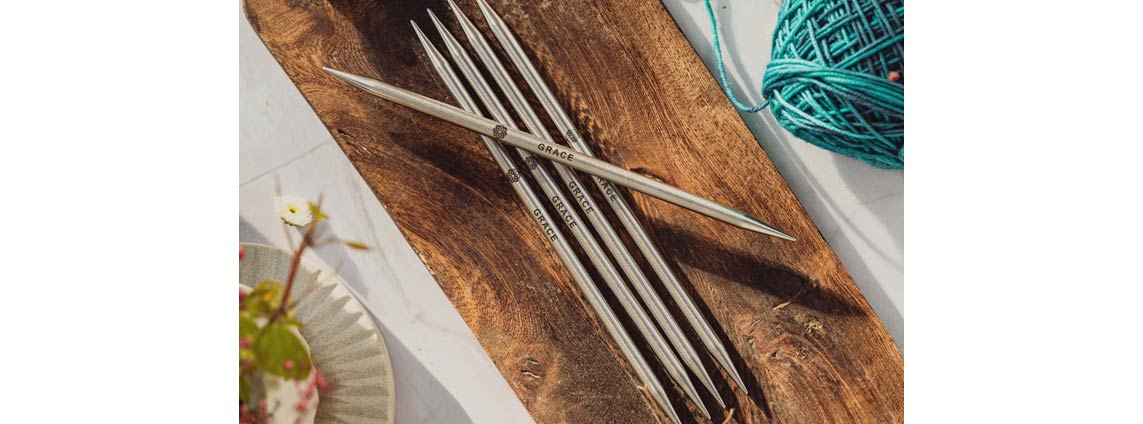
If you are knitting a scarf on a single-pointed needle, knitting short rows will give unique shapes such as spirals and even picots. While working on socks with double-pointed needles, you can knit the short rows for shaping the heels. And with, fixed circular, or interchangeable circulars you can knit pretty much anything, in round or flat. Rather than decreasing stitches to shape items like the shoulders and armholes of a dress, cardigan, beanie, or tight skirt, short rows are the ideal way to get a smooth, neat finish.
1. Wrap and Turn
The wrap and turn method is an excellent way to create a smooth transition and avoid holes. To perform it, simply knit up to the turning point, then slip the next stitch on the left to your right-hand knitting needle and bring the yarn to the back between the needles. Slip the slipped stitch back onto the left needle and turn the work, bringing the yarn to the back between the needles to form a wrap stitch. Knit the right side as shown in your pattern instructions, then pick up the wrapped stitch from the right side and purl the wrap and the following knit or purl stitch together. This works in two steps so make sure to follow the wrapped stitch and complete the stitch.
The steps are as follows:
1. Knit up to the turning point, then slip the next stitch on the left to the right needle.
2. Bring the yarn to the back between the needles.
3. Slip the stitch back onto the left needle.
4. Turn the work, then bring the yarn to the back again.
5. Knit the right side of the row.
6. Pick up the wrapped stitch from the right side from top to bottom and purl the wrap and the following stitch together.
2. Double Stitches
One of the most commonly used methods for knitting short rows is known as “bunny ears”, or double stitches. With this method, the turning point is not covered with a wrap, but instead, a stitch is pulled up from the previous row. To avoid any loose spots and to make sure it’s almost invisible, you should tension the yarn correctly. A locking stitch marker will keep the stitch in place refer to our guide on how to use stitch markers.
To execute this technique,
- Simply knit to the turning point and then turn the knitted piece – the first stitch on the left knitting needle will become a double stitch.
- With the yarn in front, slip the first stitch on the left knitting needle as if to purl, but don’t complete the step.
- Next, bring the yarn back behind the right knitting needle and pull it firmly to create two “legs” of your stitch from the previous row – this is how you form the double stitch.
- Then, purl the next stitch while still tensioning the yarn tightly and continue with the wrong side row as indicated in the pattern.
3. Yarn Over
Another popular way to knit short rows is with a yarn-over. This easy technique helps bridge the gap between the shortened rows and the stitches on the right-hand knitting needle. To execute it, knit up to the indicated turning point and turn the project – then create a tight yarn-over on the right-hand knitting needle. On the wrong-side row, turn the orientation of your stitch by knitting it through the back loop, then knitting the yarn over and the previous stitch together.
This method bridges the gap between shortened rows and the stitches on the right-hand needle and is easy to execute.
The steps for creating this look are:
- Knit to the indicated turning point, and turn your project
- Create a tight yarn-over on the right-hand knitting needle; and
- Work the wrong-side row as indicated. If a hole is a concern, then turn the orientation of the stitch by knitting through the back loop, then knitting the yarn over and the previous stitch together in the next row.
Regardless of which technique you choose to knit your short rows, it's important to work with knitting needles and yarn that you feel comfortable with. Each method has its own benefits, so pick whichever one works best for you! To get enough practice, cast on socks refer to our guide on knitting socks with circular needles.
Short rows knitting techniques other knitting styles, techniques or projects, explore the Mindful collection. The stainless knitting needles are available in different types of single-pointed, double-pointed, fixed and interchangeable circulars in a standard range of sizes and lengths. Each needle carries a special word for the purpose of motivating knitters and enjoy the practice of mindful knitting.




